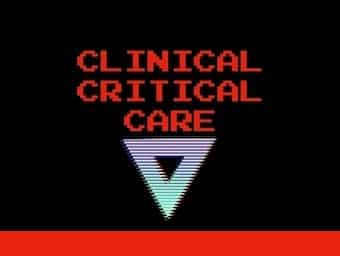
Straight up
Straight up (bilious babies) with Camille Wu. An overview of causes of surgical vomiting in the neonate. This includes malrotation-volvulus, intestinal atresias, necrotising enterocolitis.

Straight up (bilious babies) with Camille Wu. An overview of causes of surgical vomiting in the neonate. This includes malrotation-volvulus, intestinal atresias, necrotising enterocolitis.

Brandon Foreman, MD presents on assessing stroke symptoms, using EEG after acute brain injury, and advanced multimodality monitoring at SMACC 2019

The future of prehospital care; treatments and technologies on the horizon with Halden Hutchinson-Bazely at SMACC 2019

Chile has unique characteristics which pose several challenges for rescue and retrieval medicine. Pablo Hasbun at SMACC 2019

Changing the face of triage: use of ultrasound in the field with Chris Partyka at SMACC 2019

Mulinda Nyiendra discusses standardising pre-hospital care in Africa and some of the major issues experienced such as access to prehospital care services.

SonoSLAM: Tomorrow Today: Advances in US Tech! Advances in technology are making ultrasound more accessible and effective than ever.

Rick Body discusses the exciting possibilities for tomorrow’s medicine and how we could revolutionise diagnostics with AI.

Sepsis is a common and deadly condition, but diagnosis in not always knowable in real-time with Hallie Prescott.

Wendy Chang takes us through the use of ultrasound for lumbar puncture and how this should be used consistently, not just for difficult cases and field cases.

Unusual Urine 007 from @KateTietjens. 15 min post methylene blue = traffic light urine!

Plaster tips and tricks with Dan Smith; Splint immobilisation, full casts; bi-valves; and plaster removal techniques